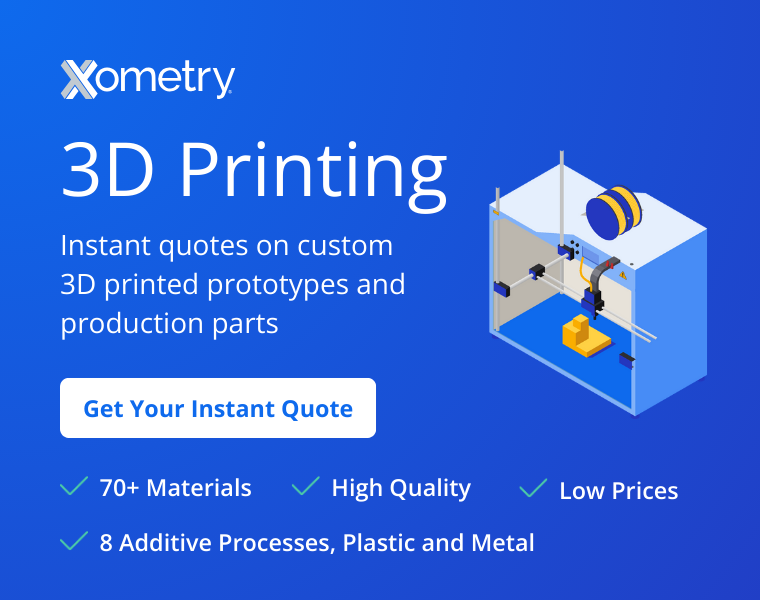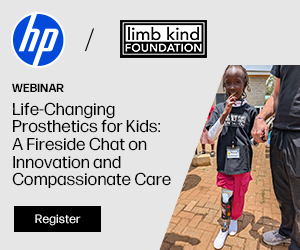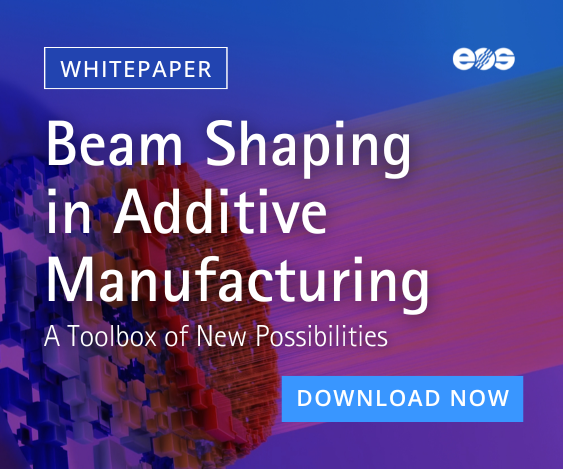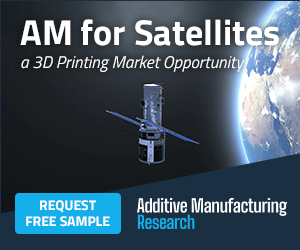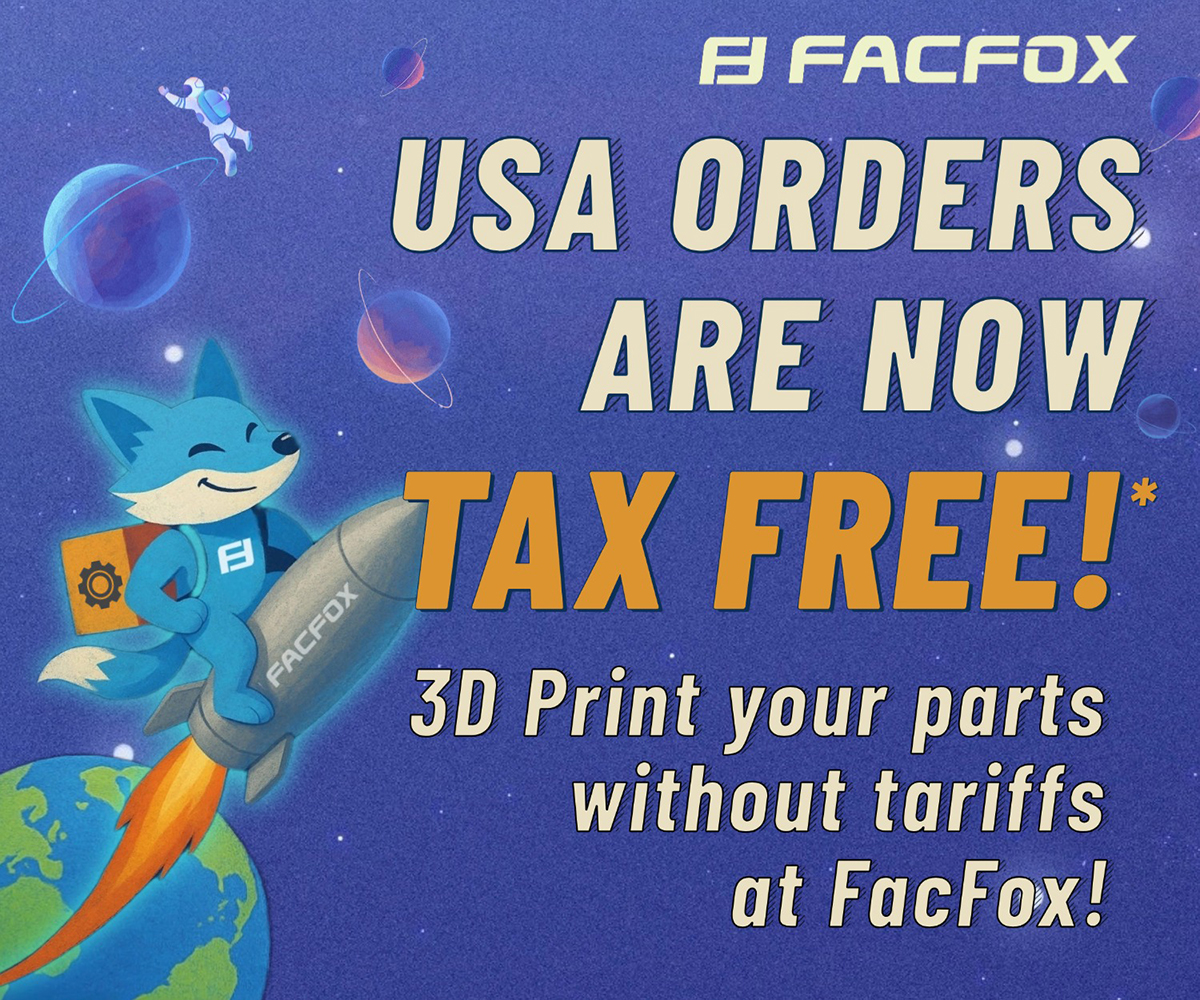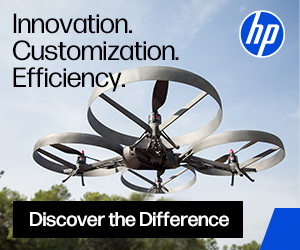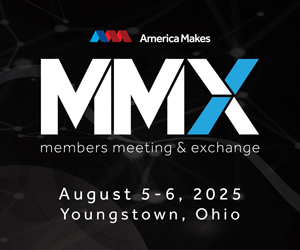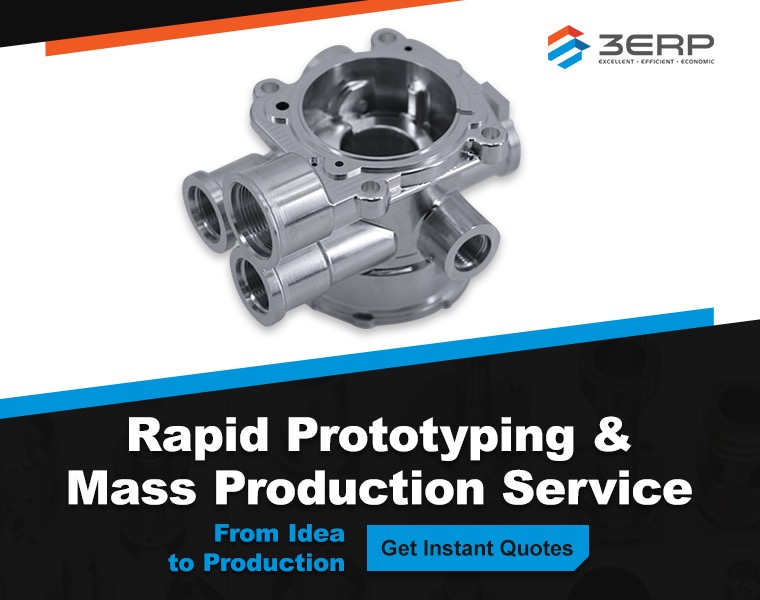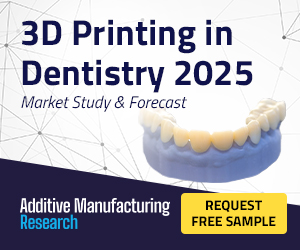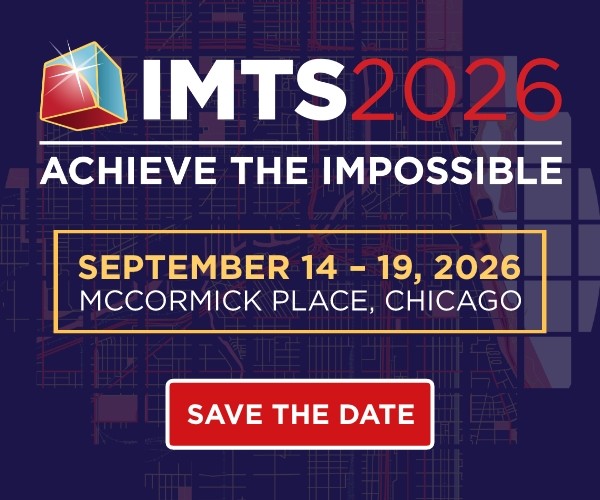Today, Velo3D (NYSE: VLD) opened a European Technical Center in Augsburg, Germany. The U.S. company has crossed over to Europe, where it can better educate and showcase its capabilities to new and prospective customers. The site also serves as Velo3D’s European headquarters and will house most of its European staff. I visited the opening and had a chance to interview Benny Buller, Velo3D’s CEO, and Dirk Rathsack, Managing Director of European Sales & Technical Sales.
“Three years ago, we shipped our first Sapphire printer to our very first customer and since then, we’ve experienced tremendous growth across all of our key industries. Our new Technology Center in Augsburg will support our efforts in growing our presence in Europe in a similar manner and will feature an additive manufacturing solution capable of printing our customers’ most ambitious designs,” said Buller at the facility’s opening.
Buller discussed in greater detail the importance of the move, telling 3DPrint.com:
¨In the U.S. we have become a very well-known brand in additive manufacturing. We are recognized for our capabilities there. Here, people don’t know about us. Here, we need to train people, train customers, and build test parts for European customers. Some don’t want parts to go to the U.S. We can now make them in Europe.
Additionally we saw in the U.S. that some of the most knowledgeable and experienced companies with AM know the limitations of the technology. So, when we tell them about Velo3D, they are often the most skeptical. Europe has a lot of history with additive. Europe is a very educated place about additive. There is this Mark Twain quote I really like, “It ain’t what you don’t know that gets you into trouble. It’s what you know for sure that just ain’t so.¨ For us to really show people what is possible, we have to show them, in person.”
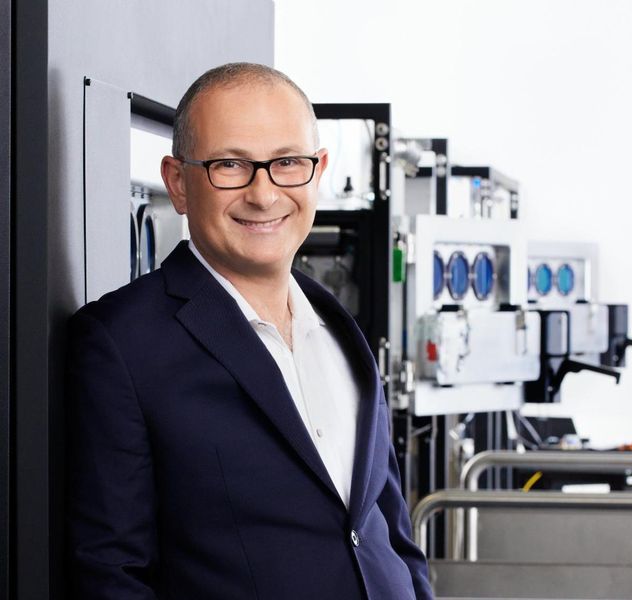
VELO3D Founder and CEO Benny Buller. Image courtesy of VELO3D.
Buller was also able to elaborate on the company’s choice for Augsburg, Germany. The pretty city near Munich already features its own Technology Center, which includes the Germany aerospace center DLR, as well as cold spray and other 3D printing technologies at the Augsburg Innovations Park. The site is located in the middle of an area with a lot of aerospace activity, with Premium Aerotec and Fraunhofer situated very nearby.
“My team picked Augsburg specifically because it is an important aerospace area and a good location. Many important aerospace businesses are here. Germany is also the largest industrial market in Europe. People here are also very quality minded,” Buller said. “I think the most difficult place for us to penetrate is Germany. That is why we are here. Our biggest competitor, EOS, is here and the next three biggest ones are here also. We have to be here. We have a very clear path in the States. We have a good momentum in the States, as well. Now, we have to crack opportunity in Europe, specifically the one in Germany, Italy, France, and the U.K.¨
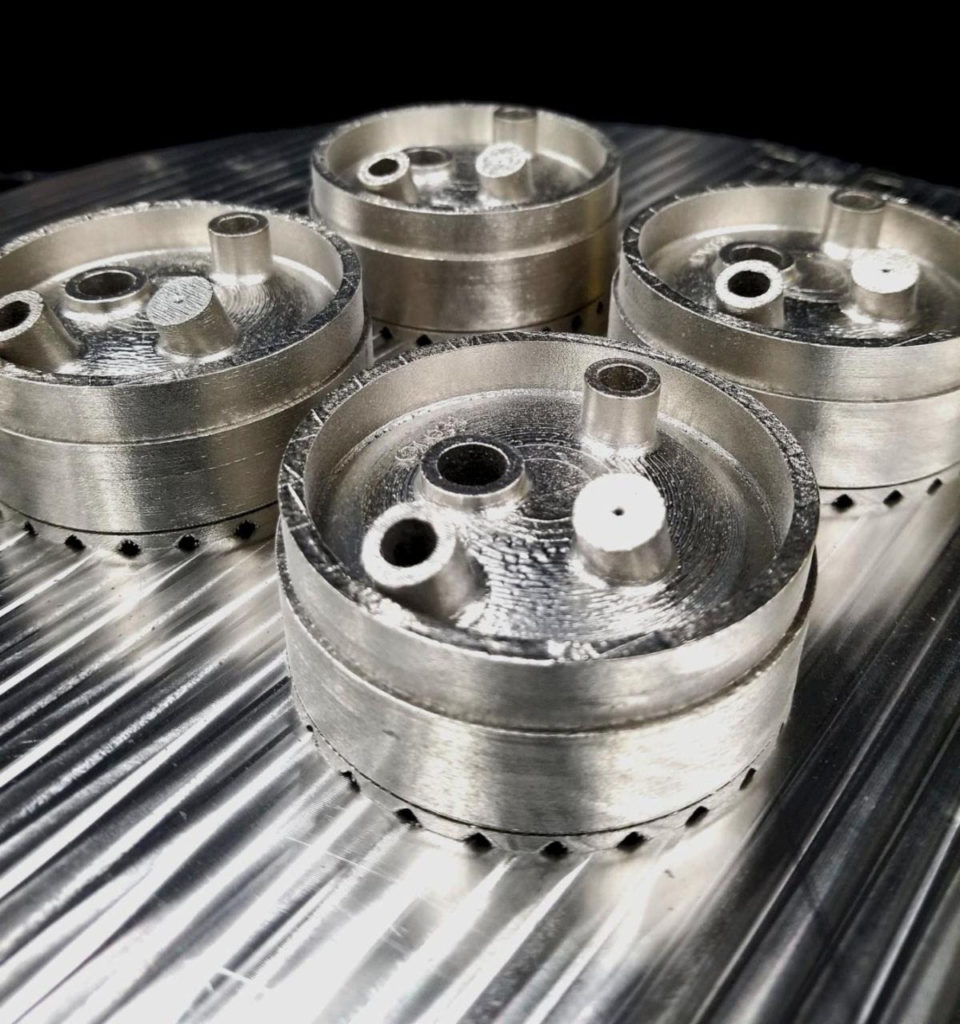
Four Orbiter engine injectors, printed on a Velo3D Sapphire AM system. Image courtesy of Velo3D/Launcher.
In the U.S., Velo3D has a tight application-driven focus. I wondered if that would continue in Europe?
¨For Europe we see a lot of Aerospace, space, commercial aviation and defence opportunities. We also see a lot of possibilities in oil and gas, power generation, turbo machinery and in nuclear as well. One vertical that we expect to be bigger in Europe is tooling such as die cast tooling and injection mold tooling.¨
In fact, Velo3D already has a launch customer in Europe.
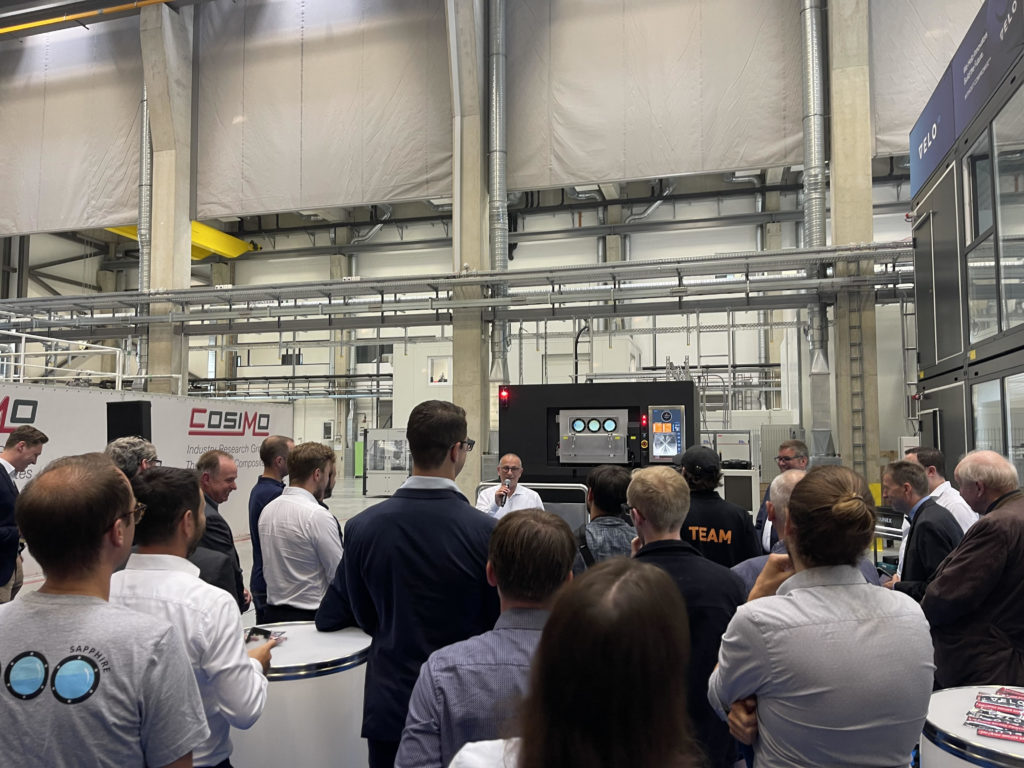
Benny Buller Speaking to the guests.
was able to discuss the types of parts the company hopes to make for which customers, saying:
“We have a lot of interest from our existing clients but also new ones—mainly in space, hydropower, helicopters, aviation and wind energy. We have clients for additive worldwide now. Mastering additive manufacturing for us is a way to serve existing clients but also to diversify. We use this as a tool to bring to existing customers and as an alternative to traditional manufacturing. The most successful parts right now are impellers, mostly shrouded impellers, these are difficult to machine otherwise, especially with more complex geometries.”

The Schoeller-Bleckmann 3D Printing team of Jud and Wutzlhofer, the operators of the first Velo3D machine in Europe.
would work with customers.
“We are interested in series of parts. We start with a prototype and then develop a part for series. In oil and gas, we can have parts in lots from 10 to 20, but also in the hundreds. Because we have all of the machining and post-processing in house, we can do both machining and additive in one location. We’re now seeing demand in new parts, MRO, tooling, and also in reshoring as companies withdraw from certain markets or want to diversify to reduce risk. We really want to show the possibilities of the additive manufacturing side of our business through an end-to-end process and true manufacturing,”
Dirk Rathsack is leading the commercial and support activities in Europe for Velo3D. We asked him what he aims to do for the company in Europe.
The main challenge for us will be the growing pains: hiring people, managing people, transferring a lot of knowledge. We have already found 14 high caliber people, but we need more. Also, no one knows us well really. Some in France may think that we are a bike company rather than a 3D printing company. So, we have to do a lot of groundwork. We have to tell people who we are, why we exist. We have to establish a foundation, and then build up on that. We are doing a lot of webinars, trade shows, meetings. We have to explain what we can do and do what we say. At the end of the day we have to be a reliable partner. We can’t promise the moon and not deliver. We have to be straight, true, honest and tell the customer what they can expect. We have to deliver on promises.”
In the U.S., Velo3D´s focus Is on large companies that can buy a fleet of Velo3D machines. Germany has those as well, but also has a lot of mittelstand companies, often highly specialized, family-owned firms that are relatively small. Can these use Velo3D too?
“The mittelstand companies are in many ways very innovative and have many disruptive ideas. We hope to find them and let them grow with the technology. Midsized businesses have to be innovative to compete with low cost countries through innovation and technology. We want to help them to do this successfully and ramp up with those companies.”
If the company’s progress in Europe is at all like its work in the U.S., it may soon launch like a rocket. And I’m not just saying that because of all of the space customers taking advantage of Velo3D’s metal 3D printing to produce rocket parts for private space flight.
Subscribe to Our Email Newsletter
Stay up-to-date on all the latest news from the 3D printing industry and receive information and offers from third party vendors.
Print Services
Upload your 3D Models and get them printed quickly and efficiently.
You May Also Like
Nikon SLM Solutions Sells SLM 500 to Primary Weapon Systems to Expand Suppressor Production
Primary Weapons Systems (PWS) is a Boise, Idaho-based manufacturer of suppressors, firearms, and related components. A subsidiary of Vigilant Gear and a sister company to aftermarket Glock slide manufacturer Lone...
3DPOD 261: Tooling and Cooling for AM with Jason Murphy, NXC MFG
Jason Murphy´s NXC MFG (Next Chapter Manufacturing) is not a generalist service; instead, the company specializes in making tooling. Using LPBF and binder jet, the company produces some of the...
HP and Firestorm Labs Form Partnership to Use Multi Jet Fusion 3D Printers in Deployable Factories
HP Inc., maker of a range of additive manufacturing (AM) solutions including the Multi Jet Fusion (MJF) ecosystem, has announced a partnership with Firestorm Labs, a developer of containerized, deployable...
3D Printing News Briefs, July 2, 2025: Copper Alloys, Defense Manufacturing, & More
We’re starting off with metals in today’s 3D Printing News Briefs, as Farsoon has unveiled a large-scale AM solution for copper alloys, and Meltio used its wire-laser metal solution to...













